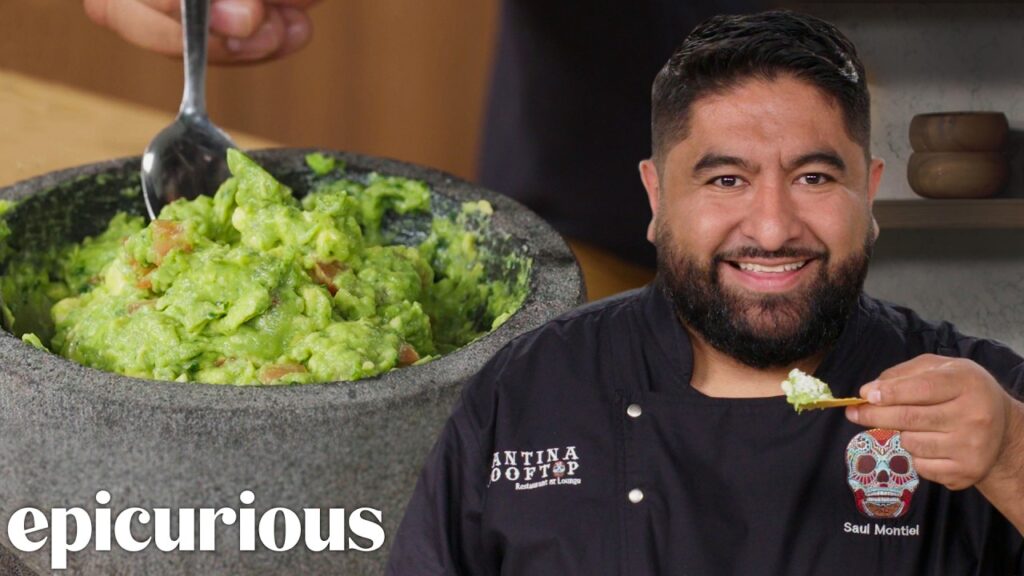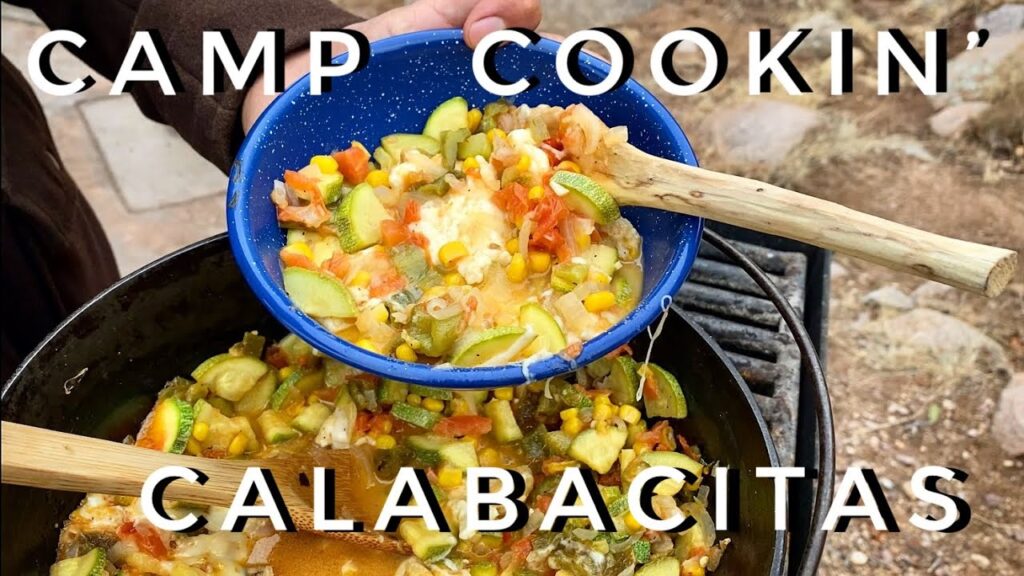Exploring the Richness of Mexican Cuisine: Guacamole
When it comes to the treasures of Mexican cuisine, guacamole is certainly one of the most celebrated and cherished dishes. This delectable avocado-based dip hails from the heart of Mesoamerica, surviving through millennia to become a beloved staple not just in Mexico, but around the world. Traditional guacamole consists of ripe avocados, white onions, tomatoes, cilantro, and the zest of lime juice, a combination that has been savored since the time of the Aztecs.
The simplicity of guacamole is deceptive; it relies on the freshness of its ingredients for its extraordinary flavor. Each component brings an essential flavor profile and texture to the dish, from the creamy flesh of the avocado to the sharpness of the onion and the citrus punch of lime. The ripe avocados are mashed, traditionally in a molcajete (a stone mortar and pestle), to a consistency that’s both creamy and chunky, providing the perfect platform for the other ingredients to shine through.
Guacamole is not just a dip; it’s a cultural symbol and a dish that invites experimentation and personalization. Every region in Mexico has its own variation, and family recipes passed down through generations add a personal touch, showing the personal connection many have with this dish. Ingredients like serrano or jalapeño peppers can add a spicy kick, while some enjoy a hint of garlic or a scattering of pomegranate seeds for a sweet surprise amidst the savory flavors.
Beyond its traditional role at the Mexican dinner table, guacamole has become a versatile condiment globally. It pairs harmoniously with crunchy tortilla chips, complements tacos and fajitas, and elevates sandwiches and burgers to new heights. Its influence in international cuisine is a testament to its universal appeal and the rich culinary traditions of Mexico that continue to inspire food lovers everywhere.
Guacamole’s Global Recognition by TasteAtlas
Guacamole, the iconic avocado-based dip hailing from Mexico, has transcended borders and palates to become an international sensation. This traditional dish, made typically from mashed avocados, onions, tomatoes, lime juice, and chili peppers, has been lauded for its rich, creamy texture and zesty flavor by food enthusiasts around the world. TasteAtlas, an online food database, stands testament to this global adoration by featuring guacamole as a top-rated world delicacy.
Originally, guacamole dates back to the Aztecs, but it has evolved significantly since its inception. Modern variations of guacamole can include ingredients like garlic, coriander, and various types of peppers, reflecting the fusion of native Mexican flavors with international influences. TasteAtlas acknowledges the dish’s versatility by highlighting the many regional twists it has acquired during its journey around the globe.
The popularity of guacamole has soared so high that it has cemented its place in international culinary celebrations. TasteAtlas showcases numerous food festivals and competitions dedicated to guacamole, where professional chefs and avo-enthusiasts alike compete to showcase their take on this beloved dip. The platform’s reviews and ratings provide a kaleidoscope of these global gastronomic events, emphasizing the universal appeal of guacamole.
Not only a favorite among casual diners, but guacamole has also earned its stripes in the gourmet world. Refined dining establishments and renowned chefs have embraced the dish, experimenting with luxury ingredients such as lobster, truffle, and even edible gold leaf. TasteAtlas reflects this elevation of the humble guacamole into fine dining menus, illustrating its transition from an ancient staple to a modern-day luxury item.
Why Guacamole Ranks High as a Vegan Delicacy?
Guacamole, a traditional Mexican staple, has transcended borders to delight the palates of food enthusiasts worldwide. As a vegan, finding sumptuous and fulfilling dishes that align with ethical eating practices can be challenging. However, guacamole hits all the right notes as a plant-based treat that is both nutritious and satisfying. Brimming with flavor from ripe avocados, onions, tomatoes, cilantro, and lime, its creamy texture and zesty taste make it an irresistible choice for vegans and non-vegans alike.
One of the reasons guacamole is celebrated in the vegan community is its versatility. It can be an appetizer, a condiment, or even a main dish when paired with other ingredients. Whether spread on toast, used as a filling for tacos, or enjoyed as a dip with crispy tortilla chips, guacamole’s adaptability is a testament to its popularity. It’s also incredibly simple to customize; the addition of ingredients like corn, black beans, or spicy peppers can transform it to suit any taste preference or meal plan.
The nutritional profile of guacamole is another factor that places it high on the list of vegan delicacies. Avocados are a powerhouse of healthy fats, specifically monounsaturated fats, that promote heart health and skin vitality. They are also loaded with fiber, potassium, and various essential vitamins, making guacamole a nutrient-dense choice that fuels the body with essential plant-based components. It’s a guilt-free indulgence that doesn’t compromise on health or taste.
Lastly, the sustainable aspect of guacamole cannot be overlooked. With growing concerns over the environmental impact of food choices, the ingredients in guacamole are largely sustainable and have minimal ecological footprints compared to animal-based foods. Avocados are perennial plants that require less water than many nut or dairy farms, which makes guacamole an eco-friendly option for those looking to reduce their environmental impact through their diet.
The Cultural Significance of Guacamole in Mexico
The origins of guacamole can be traced back to the Aztecs, who created this iconic dish using avocados, tomatoes, and salt. Since these humble beginnings, guacamole has evolved to become a cherished part of Mexican cuisine and culture. It’s a versatile condiment that not only tantalizes the taste buds but also represents the rich blending of indigenous and Spanish influences that characterize Mexican history. Today, it is served during celebrations, family gatherings, and as a staple companion to many Mexican dishes.
Guacamole’s significance is evident in its presence at festive occasions and its role in gastronomy. It symbolizes the flavor of togetherness and festivity, often found center stage at events such as Cinco de Mayo and Day of the Dead festivities. Its ingredients are a testament to Mexico’s biodiverse environment—the creamy avocados, the vibrant tomatoes, the sharp onions, and the zest of the cilantro and lime juice—all native to the region and revered for their flavors and nutritional benefits.
Furthermore, guacamole is a reflection of Mexico’s social and culinary identity. Each family has its own recipe, handed down through generations, slightly altered or passionately preserved. It is a dish that encourages improvisation and personal touch, allowing the maker to express their culinary creativity. In essence, guacamole is not just a dish; it’s a living, breathing part of Mexico’s heritage—one that continues to unfold and adapt over time, much like the culture from which it originates.



